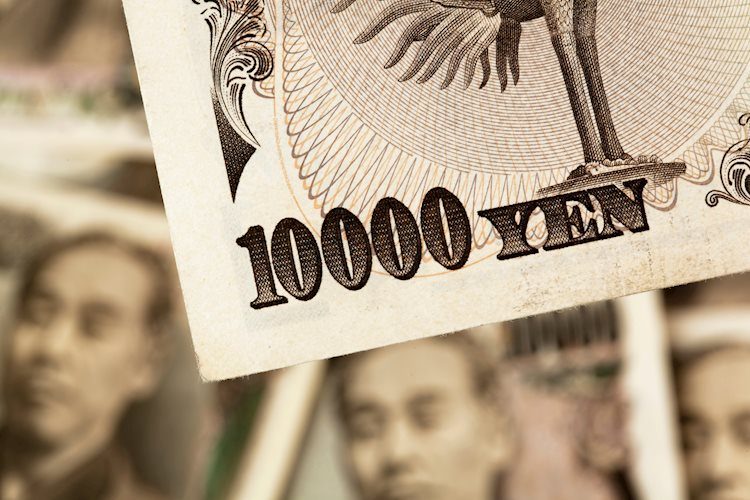The first week of September kicked off with major currency pairs displaying fluctuation in narrow channels. In the European economic docket, revisions to August HCOB Manufacturing PMI data for the Eurozone and Germany are expected, along with the S&P Global/CIPS Manufacturing PMI for the UK. Labor Day holiday observance in the US and Canada ensured that financial markets remained closed, adding to the quiet start of the week.
Over the past 7 days, the US Dollar saw percentage changes against other major currencies, with the Japanese Yen being the only currency where the USD emerged as the strongest. The table displaying these changes provides a clear overview of how the USD fared against the EUR, GBP, JPY, CAD, AUD, NZD, and CHF. The heat map further illustrates these percentage changes, making it easier to understand the performance of the USD against various currencies.
In the US, the Personal Consumption Expenditures (PCE) Price Index showed inflation holding steady at 2.5% on a yearly basis in July, with the core PCE Price Index rising 0.2% on a monthly basis as expected. The USD Index recorded a 1% gain for the week, closing in positive territory for the first time since mid-July. Despite this, the EUR/USD pair lost 1.3% the previous week, struggling to rebound and trading around 1.1050 at the start of the new week.
GBP/USD continued its decline, remaining below 1.3150 in a consolidation phase on Monday. Data from China revealed an increase in the Caixin Manufacturing PMI to 50.4 in August, slightly above market expectations, while Australia reported a 10.4% monthly increase in Building Permits for July. Despite these figures, the AUD/USD pair showed minimal reaction and traded slightly higher around 0.6770. USD/JPY, after a more than 1% rise the previous week, remained stable below 146.50.
Gold closed last week with little movement, trading below $2,500 at the start of the new week. The asset faced modest bearish pressure as XAU/USD failed to make a clear move in either direction. Inflation FAQs provided insights into the impact of inflation on currency values, highlighting the significance of core inflation and its influence on central bank policies. Understanding the relationship between inflation, interest rates, and currency values can help navigate the financial markets more effectively.









